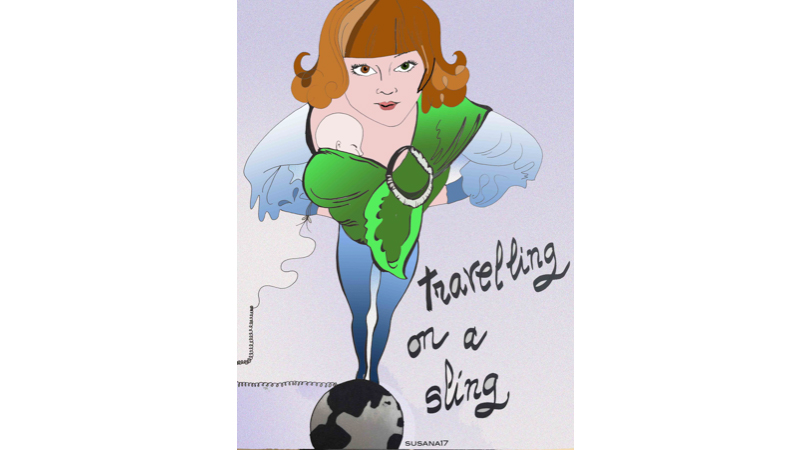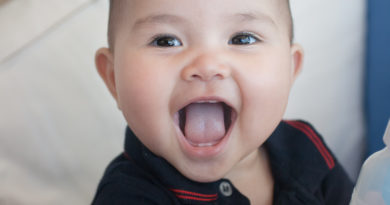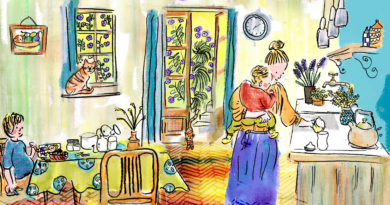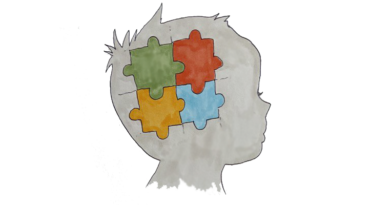A Short Guide to Travelling as a Breastfeeding Mother
Travelling with your breastfed child
A mother travelling with her breastfed child may find that breastfeeding makes travel easier than it would be otherwise. Breastmilk is instantly on hand, contains immunological factors, and is always safe to drink. If the baby is breastfed exclusively, you won’t ever have to worry about unclean water supplies or about the need to sterilise bottles. Exclusively breastfed infants do not require water supplementation, even in extreme heat environments, when they are able to feed on demand.
The most effective way to maintain a your milk supply while travelling is to breastfeed frequently and without restriction, as you would do at home. This is also the best way to meet the physical and emotional needs of your child, who may well be overwhelmed by all of the new things he is experiencing while away from the trusted environment of home. You will probably find it helpful to take along a sling or ergo-carrier, which can be used to maintain physical contact with your baby, thus keeping him from harm and giving him a sense of security while he is processing all his new experiences. Such carriers also increase opportunities for discreet breastfeeding, thus helping the mother to maintain an abundant milk supply, and ease the burden of carrying the child.
Tips for breastfeeding when travelling:
- If travelling by plane, breastfeed during take-off and landing to help avoid ear pain caused by changes in cabin pressure.
- Babies are welcome in most places and can be a great way of helping you interact with people you may meet on your travels. However, mothers travelling with children may be a target for thieves, because they are often distracted by the task of looking after their children, so be sure to keep any valuables carefully stowed away.
- Breastfeeding in public may be taboo in some places; a discreetly placed “breastfeeding loop” or shawl can be very useful.
- Even if your child is already eating on his own, if he gets diarrhoea, it is probably best to go back to exclusive breastfeeding for a while until he is better.
Travelling without your breastfed child
If you need to travel without your child, you should plan your absence well in advance of the separation. Learning to pump or hand-express takes time and patience, and ideally should be begun many weeks in advance of the planned trip to ensure there is a sufficient supply of breast milk stored in the freezer to be used while you are away.
Ensuring that you have time planned for frequent pumping while separated from your child (roughly as often as he would breastfeed when you are together) will help to keep up your milk supply during the separation. The longer the separation between the breastfeeding mother and her child, the more difficult it will be to maintain a full milk supply. In general, a separation of a week or less poses no problem for a mother wishing to maintain breastfeeding. This duration becomes more flexible and can be maintained for a longer period of time as the child grows older and complementary foods play a greater role in the child’s diet. Often, even if a woman’s milk supply has begun to diminish during her separation from her child, the increased demands of the suckling child upon reunification will quickly return her milk supply to its prior level.
Consider access to safe storage options when taking the decision whether to keep your expressed milk or to discard it before returning home. Keep in mind, though, that even if you do decide to discard the milk, regular expression is important, to maintain your milk supply. Freshly expressed milk can be stored in clean, tightly sealed containers for up to six to eight hours at room temperature; for up to 24 hours when stored in an insulated cooler bag with frozen ice packs; for about five days when stored in a refrigerator, and for up to about six months when stored in a deep-freeze. Previously refrigerated milk can be subsequently frozen, but frozen milk, once fully thawed, should be used quickly.
By planning well before the travel date, a mother can overcome many potential obstacles. A mother planning a long separation from her breastfeeding child might wish to work with an LLL Leader to obtain assistance and suggestions specific to her situation.
Tips for travelling without your breastfed child:
- Intermittent milk expression can be done manually or with the help of a small battery-operated or manual breast pump.
- To maintain an abundant milk supply over an extended period of time, a woman may have the best success using a hospital-grade, double-breast electric pump.
- Remember to take all your equipment, including any necessary power adaptors, with you.
Air travel with breast pumps and/or pumped breastmilk
Pumped breastmilk and ice packs, freezer packs, frozen gel packs and other accessories required to cool breast milk are allowed as carry-on luggage and must be passed through the usual security checkpoints. You do not need to travel with your child to bring breastmilk. Keep the milk containers together and in an easy-to-separate-out spot, and inform the security personnel at the beginning of the screening process that you carry expressed breastmilk in your carry-on bag. Electric breast pumps are considered personal items during air travel and may be carried on and stowed underneath the seat, similar to a laptop computer.
Breastfeeding help while underway
The webpage of La Leche League International can help you find LLL Leaders and LLL Groups in many countries. It can be helpful to identify possible sources of support before leaving home so that help is only a phone call away at any time throughout the trip.
LLL meetings are held all over Switzerland. This link will show where and when the meetings are held.
By Bethany Brupbacher
Beth is the mother of three girls and has been a La Leche League Leader since 2008. She has been fortunate enough never to have to undertake a journey as a breastfeeding mother without the accompaniment of her breastfeeding child.
Illustration by Susana Gutierrez
Susana is the mother of two little girls and a freelance illustrator. She can be reached at s.escapa@gmail.com




